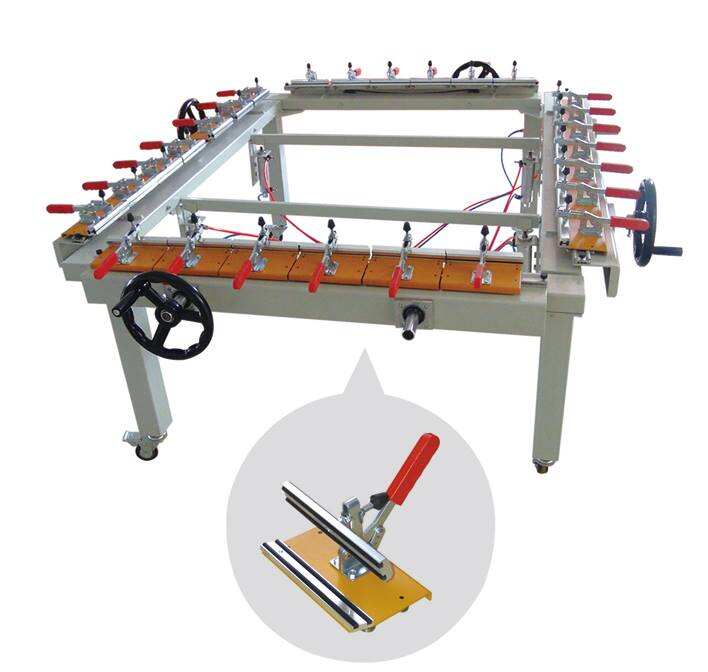
Скриннің созғыш құрал-жабдығын дұрыс ұстау сапалы және біркелкі скринтің баспа нәтижесін алу үшін маңызды және инвестицияның қызмет ету мерзімін ұзарту үшін қажет. Жақсы ұсталған скриннің созғышы тордың біркелкі кернеуін қамтамасыз етеді, материалдардың шығынын азайтады...
КӨБІРЕК ҚАРАУ
Температураны реттеу өндірістік кептіру құрал-жабдықтарының оптималды жұмыс істеуі үшін ең маңызды фактор болып табылады. Әртүрлі салалардағы өндірістік орындар өнімнің сапасын сақтау, энергия шығынын азайту үшін дәл жылу режиміне сүйенеді...
КӨБІРЕК ҚАРАУ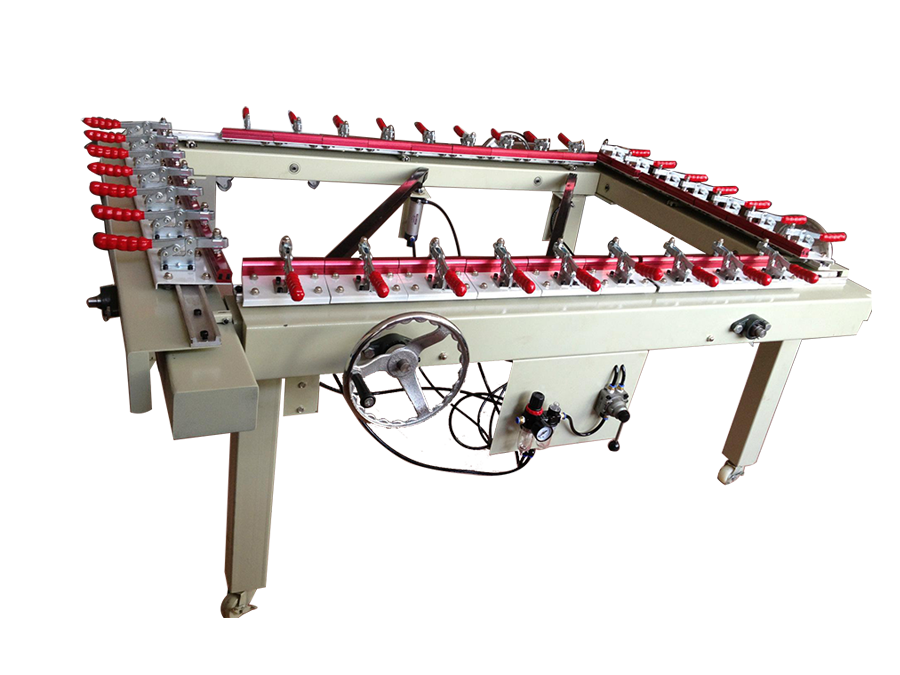
Скринтің баспа мамандары жиі цехтарын жабдықтау кезінде торды керу үшін скриннің созғышы мен рама қысқышы арасында таңдау жасау қажеттігі туындайды. Бұл негізгі таңдау баспа сапасына, өндірістік тиімділікке және ұзақ мерзімді...
КӨБІРЕК ҚАРАУ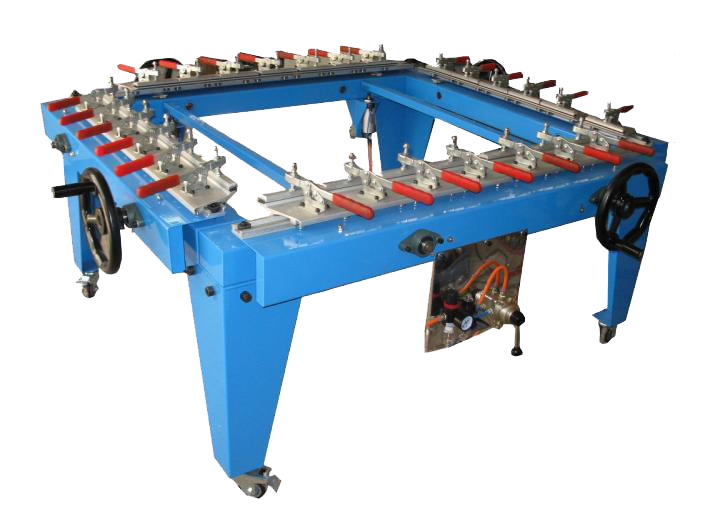
Экран арқылы басып шығару кезінде сапалы нәтижеге қол жеткізу үшін тордың дәл керілуі қажет, сондықтан экранды кергіш кез-келген кәсіби басып шығарушы үшін маңызды құрал болып табылады. Сіз коммерциялық басып шығару орнында жұмыс істесеңіз немесе үйде операция өткізіп жатсаңыз да, төмендегілер...
КӨБІРЕК ҚАРАУ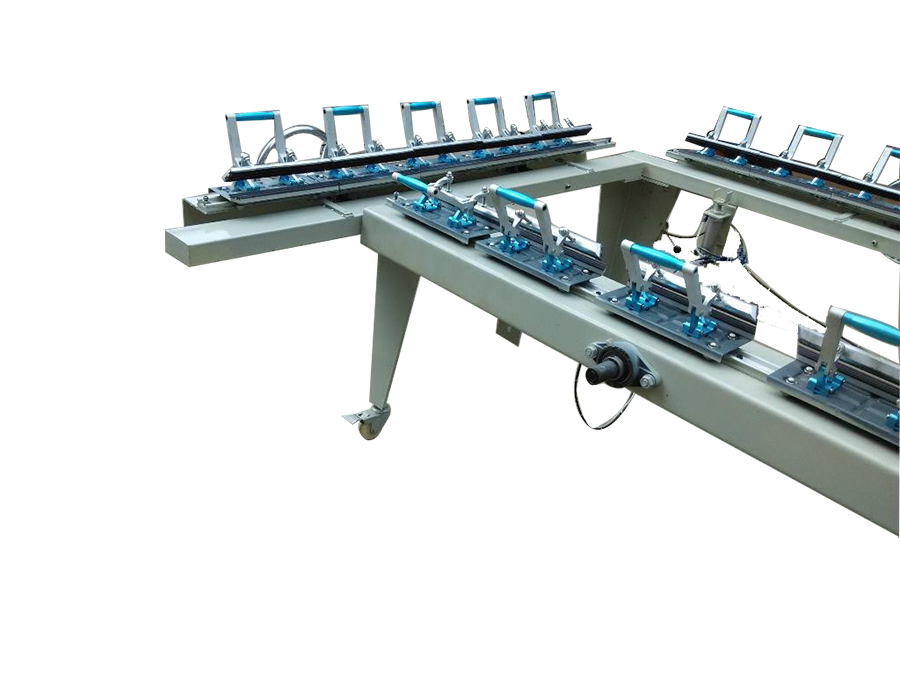
Экран арқылы басып шығару саласы 2025 жылы одан әрі дамып, алдыңғы қатарлы технологиялар мен дәлдік құрал-жабдықтар пайда болып отыр, сондықтан дұрыс экран кергішті таңдау бұрынғыдан гөрі маңыздырақ болып отыр. Кіші студияларда немесе ла...
КӨБІРЕК ҚАРАУ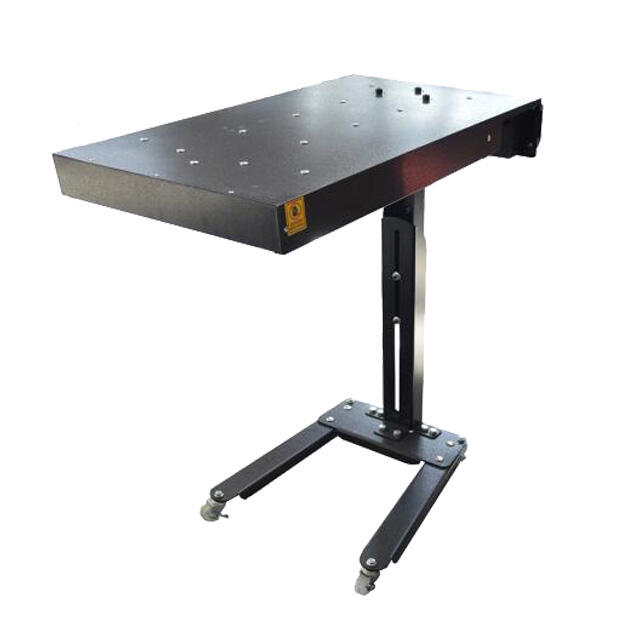
Скринті баспа жабдықтарының негіздерін түсіну. Жүндіктерге сурет басу әлемі жылдар бойы маңызды даму үстінде, кәсіби нәтижелер алу үшін әртүрлі технологиялар мен жабдықтар пайда болды. Осы дамудың ортасында...
КӨБІРЕК ҚАРАУ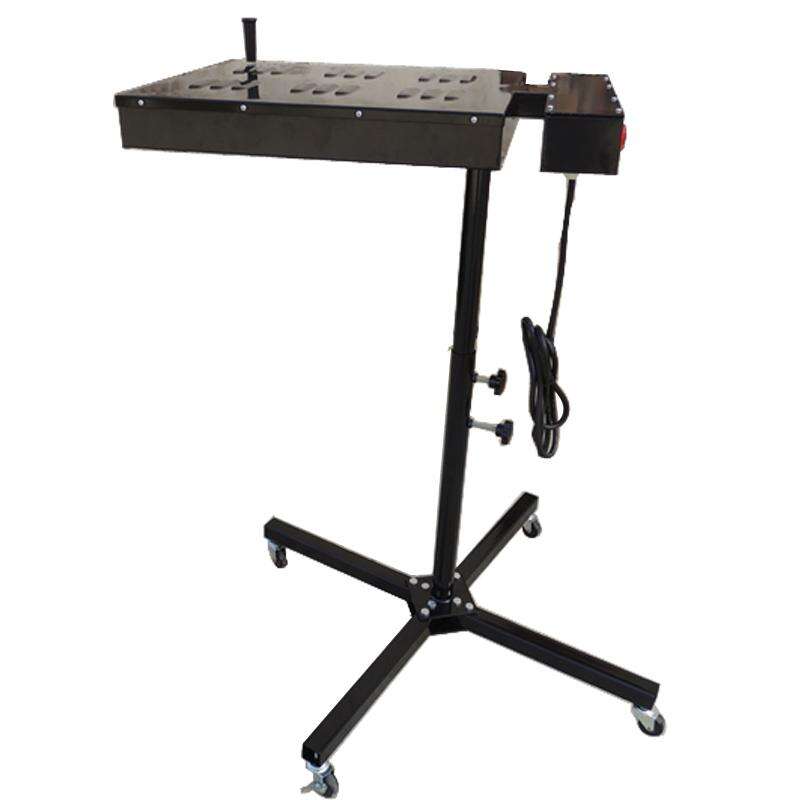
Кәсіби кептіру шешімдерімен кіші баспа операцияларын түрлендіру Кез-келген экран арқылы басып шығару ісінің сәттілігі оның күйдіру процесінің тиімділігі мен сапасына күшті тәуелді. Жарық кептіргіш кіші баспа операцияларының негізі болып табылады, ол...
КӨБІРЕК ҚАРАУ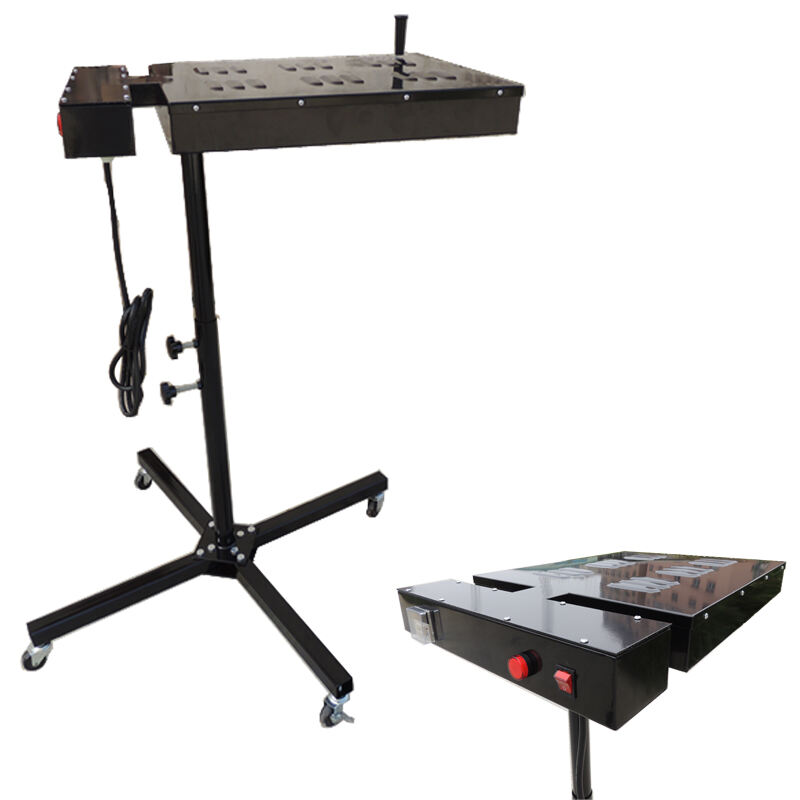
Қазіргі заманғы өндірістегі жарық кептіргіштердің қиындықтарын түсіну Жарық кептіргіштер матадан өндіруден химиялық өңдеуге дейін әртүрлі өндірістік процестерде маңызды рөл атқарады. Бұл күрделі кептіру жүйелері жоғары температуралы ауа ағындарын пайдаланады...
КӨБІРЕК ҚАРАУ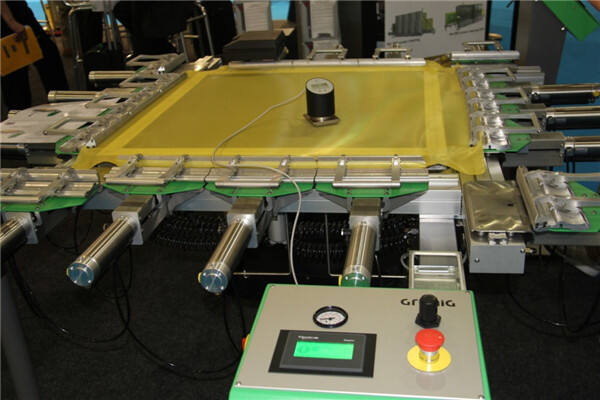
Экран арқылы басып шығарудың кәсіби сәттілігі үшін маңызды құралдар Экран арқылы басып шығару әлемінде дұрыс жабдықтардың болуы орташа нәтижелер мен кәсіби деңгейдегі басылымдар арасындағы айырмашылықты анықтайды. Осы өнердің негізінде маңызды...
КӨБІРЕК ҚАРАУ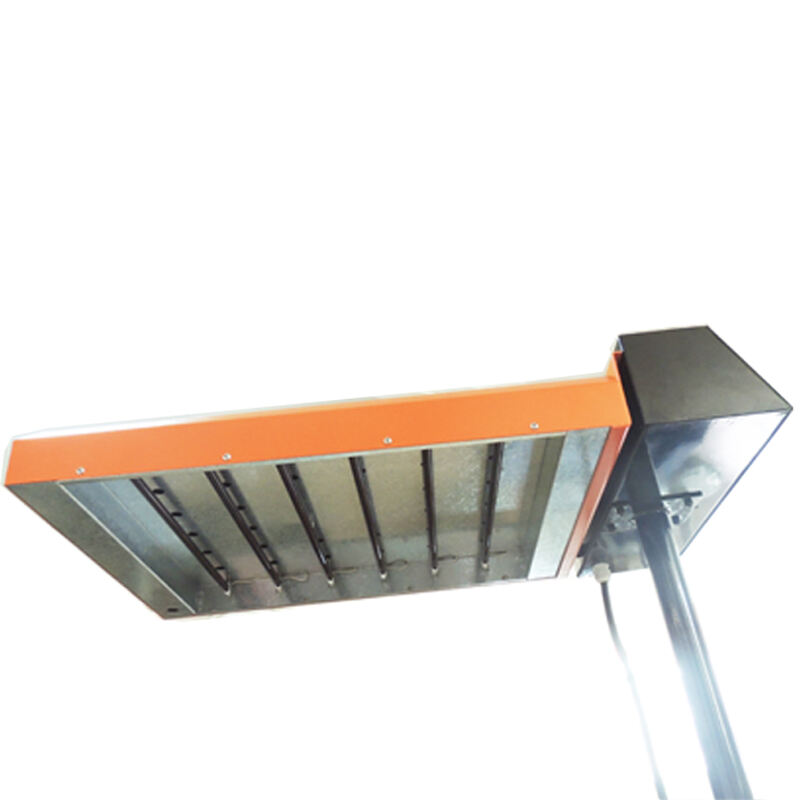
Скринті шығару сапасын арттыру үшін флашкалық кептіргішті дұрыс пайдалану. Скринті баспада флашкалық кептіргіш өндірістің тиімділігі мен баспа сапасының негізі болып табылады. Бұл күшті қыздыру құрылғылары түстерді басу арасында тактаны кептіреді, оларды...
КӨБІРЕК ҚАРАУ
Заманауи УК сия технологиясын түсіну. Соңғы жылдары УК сия технологиясының дамуы шығармашылық құралдардың жаңа құрамы мен кеңейтілген мүмкіндіктері арқылы баспа өнеркәсібін түбегейлі өзгертті. УК сия брендері шектерді итеріп...
КӨБІРЕК ҚАРАУ
Ситадан басып шығару рамасын сақтау мен ұзақ қызмет ету үшін қажетті нұсқаулар Ситадан басып шығару рамасын сақтау - сапалы басылымдарды қамтамасыз ету және құнды жабдықтарыңыздың қызмет ету мерзімін ұзарту үшін маңызды аспект. Кәсіби басып шығарушылар түсінеді т...
КӨБІРЕК ҚАРАУ